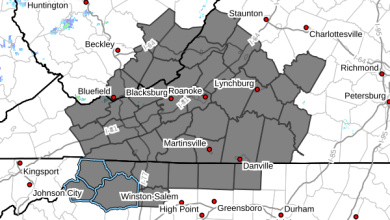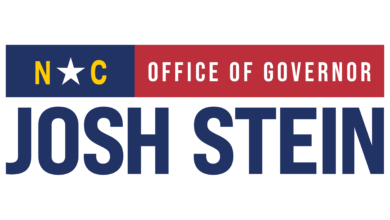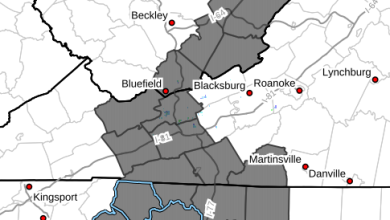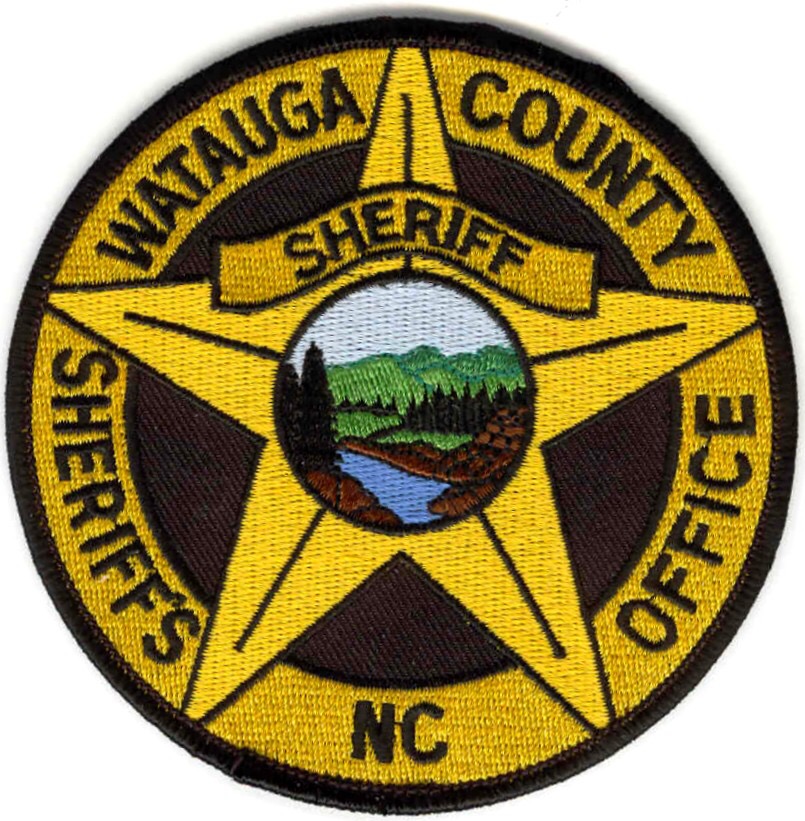Last Updated on March 10, 2015 1:08 pm
One hundred years ago, the North Carolina General Assembly created the State Highway Commission, establishing the first roots of our modern-day Department of Transportation and laying the foundation for a century of tremendous progress in North Carolina.
Governor Pat McCrory joined Secretary Tata, Board of Transportation Chair Ned Curran, and many others who have been involved in transportation efforts over the past century this morning for a celebration commemorating NCDOT’s centennial.
“From its humble beginnings, transportation has shaped who we are as a state, serving as the backbone of our economy, connecting every major aspect of our lives, and creating new opportunities for our citizens,” said Governor McCrory.
Laying the Foundation
North Carolina had already seen several transportation milestones prior to March 5, 1915, including construction of the North Carolina Railroad in the 1850s and the Wright Brothers’ famous First Flight over the sands of Kitty Hawk in 1903. Shortly after the State Highway Commission was established, the Wake County town of Garner became home to the state’s first paved road in 1916, and five years later the N.C. General Assembly passed the Highway Act of 1921, which authorized a gas tax of one cent per gallon to help pay for road improvements.
In 1931, North Carolina became one of the first states to assume ownership of all secondary roads, a responsibility that was previously held by the counties. North Carolina is still home to one of the largest state-maintained highway systems in the nation, which includes nearly 80,000 miles; Texas is the only state in the nation currently responsible for more mileage.
The 1920s and 30s were also a time of significant landmarks in other modes of transportation, with the establishment of passenger air service in Charlotte in 1927, the funding of a state ferry system in 1934, and North Carolina becoming the first state to declare the bicycle as a vehicle in 1939. In 1941, the state’s transportation responsibilities were expanded even further with the founding of the Department of Motor Vehicles, which consolidated services previously provided by the Secretary of State and the Department of Revenue.
“NCDOT has continued to evolve with the changing needs of our state to ensure that we keep pace with growing demands on our infrastructure,” Tata said. “We remain committed to anticipating the future needs of our state and improving our operations to make the best possible use of our taxpayer dollars.”
Mid-Century Milestones
During the 1950s through the 1960s, the state’s highway system developed into a complex network of highways reaching every corner of the state.
The 1950s saw the birth of the Interstate Highway System, which was signed into law by President Dwight D. Eisenhower on June 29, 1956. The first construction in North Carolina that was to become I-40 was U.S. 421 east of Winston-Salem, which was constructed between 1949 and 1950. In 1956, North Carolina’s 714 miles of interstate were designated to become Interstates 95, 85, 40 and 26.
North Carolina also holds the distinction of being home to the nation’s final section of the 2,554-mile I-40 corridor, which connected Raleigh to Wilmington and opened on June 29, 1990. NCDOT continues to expand North Carolina’s interstate system, most notably with ongoing efforts to build urban loops and upgrade existing highways.
The 1960s and 70s continued to mark significant innovations in North Carolina’s transportation system, including the completion of the Pigeon River Gorge section of I-40 in 1968. This 22-mile stretch traversed the state’s rugged mountainside and included the only tunnels on the interstate system east of the Mississippi. The project was also the largest single highway project completed to date in North Carolina.
State and local leaders saw that the state’s growth potential demanded an economy-oriented system that was responsive to rapidly changing needs in all areas of transportation. The Executive Organization Act of 1971 created the N.C. Department of Transportation and Highway Safety, combining the State Highway Commission and the Department of Motor Vehicles. In 1974, “Highway Safety” was dropped from the name and the department officially became known as NCDOT. Specialized internal divisions were formally created in the mid-1970s for rail, ferries and public transportation, along with the nation’s first bicycling program, which was expanded in 1992 to include pedestrian activities. Additionally, the aviation function was transferred from the Department of Conservation and Development, and incorporated into the Department of Transportation.
Building a Modern-Day DOT
The 1980s included the initiation of additional modern-day programs, including the NCDOT Wildflower Program as envisioned by First Lady Dottie Martin in 1985, the Adopt-A-Highway Program in 1988, and the Highway Trust Fund, which was created in 1989 by the General Assembly as a dedicated fund for highway construction and improvements.
NCDOT also achieved several other milestones over the subsequent decades that reflect North Carolina’s changing transportation needs, including the establishment of the Governor’s Highway Safety Program, which oversees efforts like “Click It or Ticket” and “Booze It and Lose It” in 1993; the creation of the N.C. Turnpike Authority in 2002; and the opening of the state’s first modern toll road, the Triangle Expressway, in 2011. That same year, both the North Carolina Ports and the N.C. Global TransPark became part of NCDOT in an effort to establish a more logistics-based focus and improve coordination.
Over the past two years, under the leadership of Gov. Pat McCrory, North Carolina has continued to implement several other landmark initiatives, including passage of the Strategic Transportation Investments Law in summer 2013. The law established the Strategic Mobility Formula, a data-driven approach that allows the state to make better use of its existing resources and complete more improvements that support economic growth and quality of life in North Carolina. In 2014, Gov. McCrory debuted his 25-Year Vision, which serves as a roadmap for strategic investment in transportation infrastructure and better connects people to work, life and play.
“Transportation has played an integral role in helping North Carolina become what it is today and will continue to be a catalyst for future development and prosperity,” Gov. McCrory said. “Ongoing infrastructure investment is essential to helping North Carolina achieve its full potential over the next 100 years, and we’re working strategically to continue moving forward with our vision in the 21st century.”
“From paving Tobacco Road to the multi-faceted transportation system we have today, NCDOT’s many achievements over the past century are the direct result of the hard work and dedication of our people,” Tata said. “Our many employees over the years, our numerous partners on all levels, the citizens we serve—all continue to work together to make a real difference for North Carolina.”
Additional information, including a video chronicling the past 100 years, is available on NCDOT’s Centennial website.
















